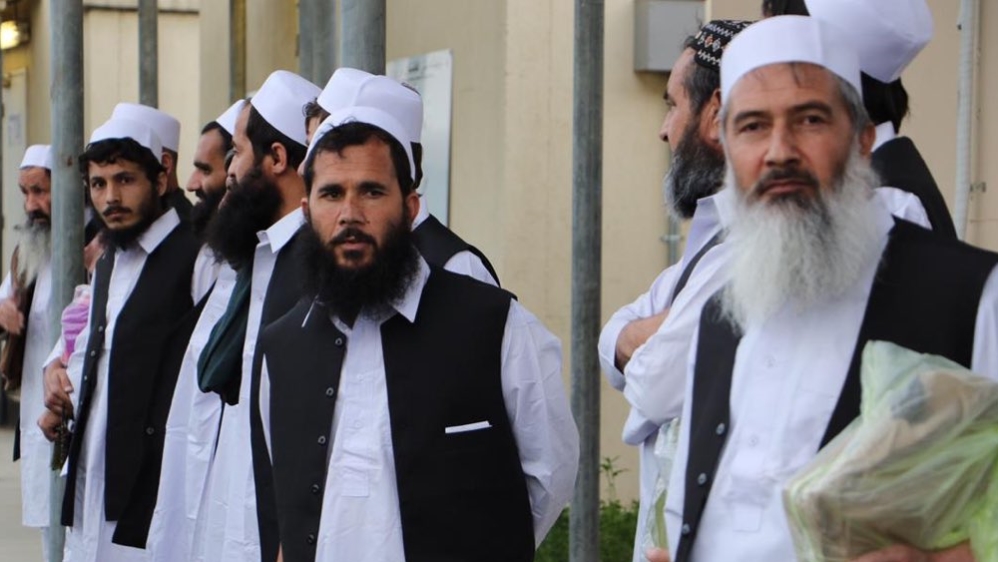
The Taliban announced a three-day ceasefire in Afghanistan during the Muslim Eid al-Adha festival that will begin on Friday.
The move, announced Tuesday, could signal the start of protracted peace talks after President Ashraf Ghani noted that negotiations with the Taliban could begin next week.
The Taliban proposed the ceasefire after President Ghani described progress in a contentious prisoner exchange that has created numerous obstacles to starting the talks.
“To demonstrate the government’s commitment to peace, the Islamic Republic It will soon complete the release of 5,000 Taliban prisoners, “Ghani told officials, referring to the number of prisoners the government originally promised to release under the agreement between the United States and the Taliban in February.
“With this action, we expect the start of direct negotiations with the Taliban within a week,” added Ghani.
The president’s spokesman, Sediq Sediqqi, told the AFP news agency that Kabul would observe the ceasefire, but warned that its temporary nature did not go far enough.
“The people of Afghanistan demand a lasting ceasefire and the start of direct talks between the Taliban and the government of Afghanistan,” Sediqqi said.
Kabul’s willingness to start the talks comes after the Taliban indicated last week that they, too, are prepared to negotiate after the Eid holiday.
In a statement, Taliban spokesman Zabihullah Mujahid ordered the group’s fighters “to refrain from carrying out any operations against the enemy during the three days and nights of Eid al-Adha so that … our compatriots pass Eid with confidence and joy”.
But any attack “by the enemy” would be met with force, he added.
The truce is just the third official respite from the Afghanistan conflict since the war began in 2001, with other ceasefires in June 2018 and May this year to mark the end of the holy month of Ramadan.
The ceasefires brought widespread relief in Afghanistan, but were short-lived, and the fighters returned to the battlefields immediately thereafter to resume almost daily attacks.
Agreement between the United States and the Taliban
Under the agreement signed by the United States and the Taliban on February 29, all foreign forces are supposed to leave Afghanistan in the coming months in exchange for various Taliban security promises.
The agreement also stated that the Taliban and the Afghan government should start direct peace talks on March 10, after the completion of the prisoner exchange.
But that date passed amid political turmoil in Kabul and disagreements over the prisoner exchange, and Afghan authorities said some of the released Taliban prisoners were returning to the battlefield.
Highlighting the cost of civilian and military forces in the months after the agreement, Ghani said 3,560 Afghan soldiers had died.
He said 775 civilians had also been killed and another 1,609 injured since the deal.
The UN Assistance Mission in Afghanistan has blamed the Taliban for almost half of the civilian casualties during the first half of 2020, and less than a quarter of the Afghan forces.
Earlier Tuesday, the Taliban leader Haibatullah Akhundzada He criticized the US military for recent air strikes against fighters that were launched in response to the group’s attacks.
He said “frequent drone attacksUnjustifiable bombings, raids and artillery attacks “could create obstacles to end the longest war in the United States.
SOURCE:
Al Jazeera and news agencies
.
